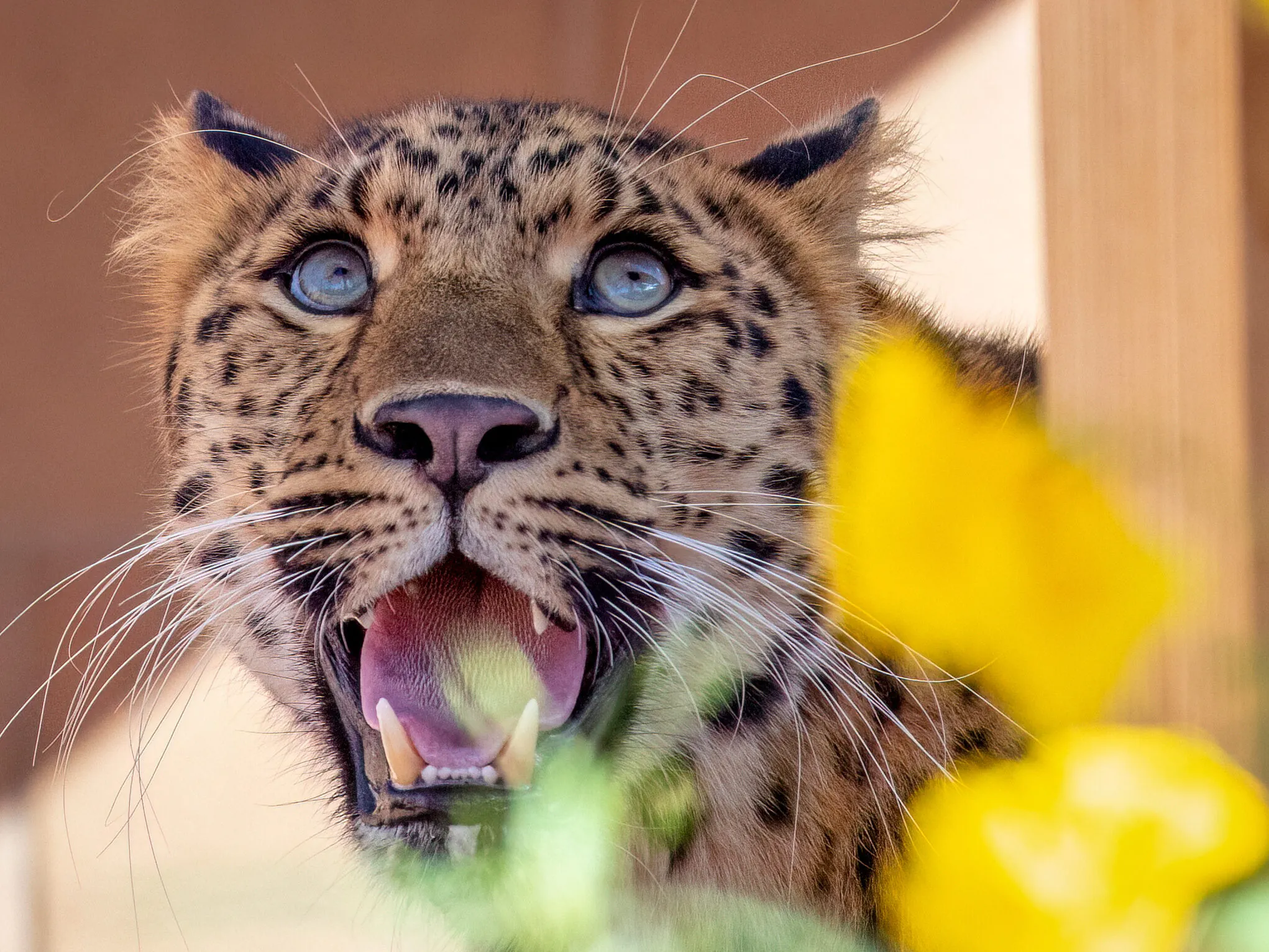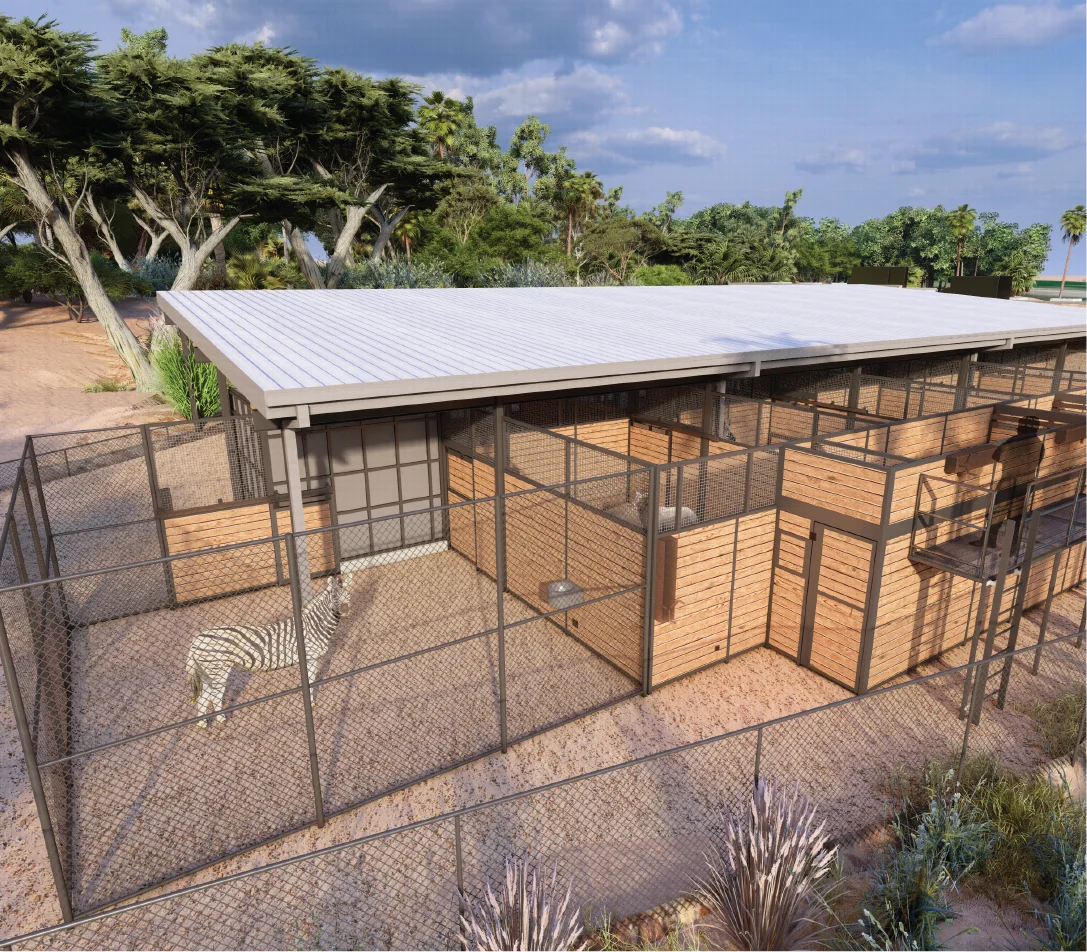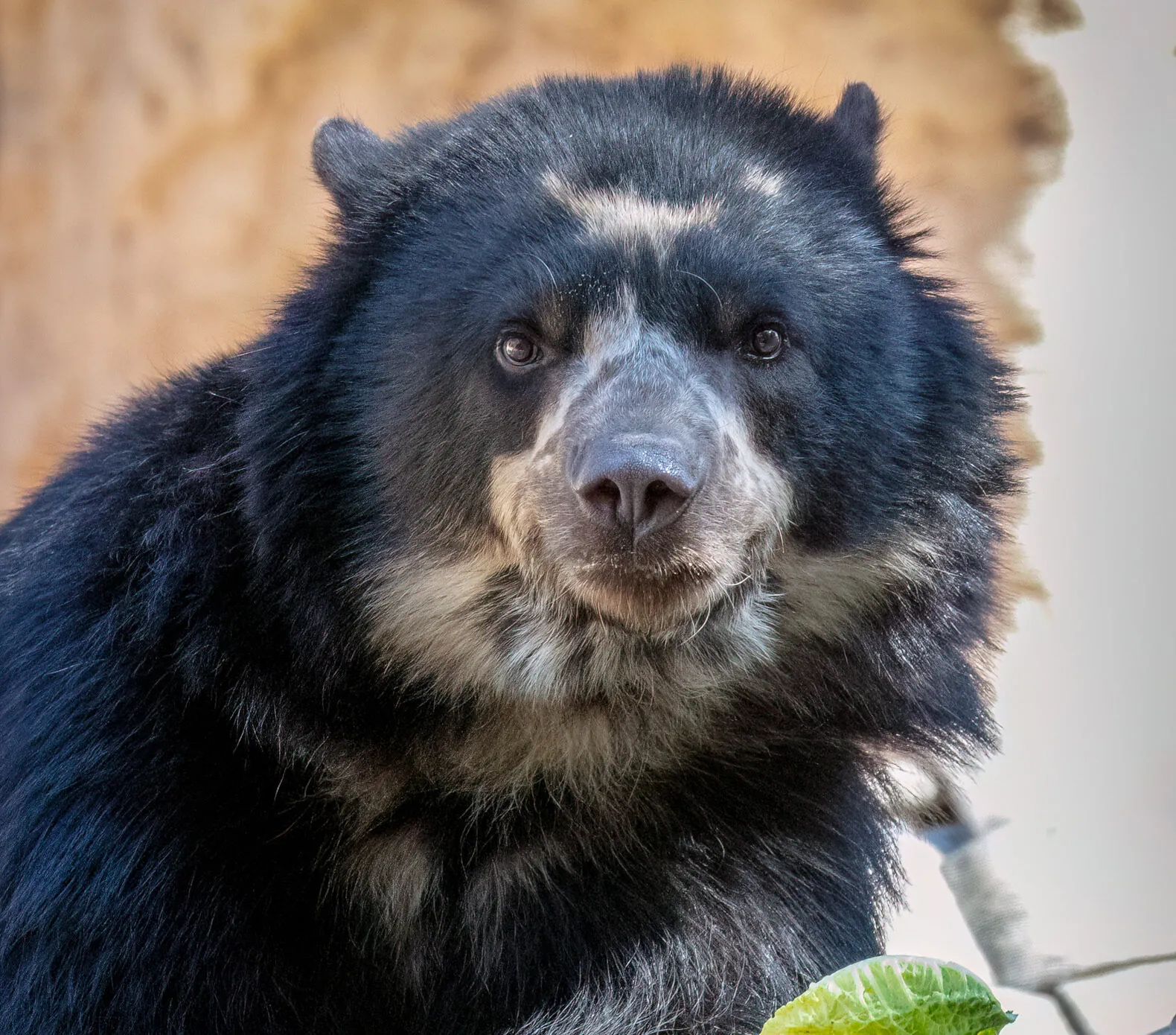We think that every day at the Phoenix Zoo is worth celebrating, however, July 1 is when we officially celebrate American Zoo Day! This holiday is meant to commemorate the opening of what is recognized as America’s first zoo, in Philadelphia, in 1874. The Philadelphia Zoo opened with close to 1000 animals, charging only a quarter a visit. Nearly 100 years later in 1962, the Phoenix Zoo opened its doors and is currently home to over 3,000 animals representing 400 species from the damp lagoons of Brazil to the arid deserts of Egypt. To celebrate American Zoo Day, join us for a virtual fieldtrip through each of the four trails here at the Phoenix Zoo, as we highlight a few exciting animals you should get to know!
The Arizona Trail:
As we enter the Zoo, we are greeted by a few familiar plants and animals native to the Sonoran Desert. The Arizona Trail is designed to mirror the habitats present here in the southwest United States. However, one mammal you may not have seen in your backyard is the Mexican wolf. Located in southeastern Arizona and southwestern New Mexico, this endangered species can be found in packs of 3 – 5 wolves, spanning territories upwards of several hundred square miles! Mexican wolves are carnivores and can be found in forests, grasslands and shrublands searching for prey such as deer, elk, rodents and another local celebrity, the javelina.
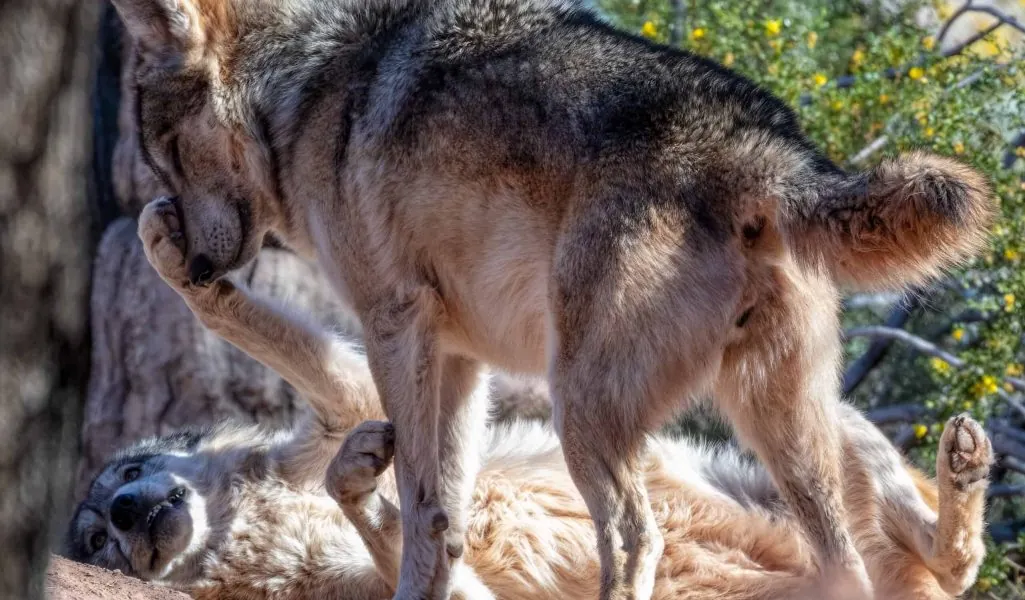
The Africa Trail:
Hopefully you have your sneakers tied tight, because you’re going to have to be ready to run if you want to keep up with the quickest cats of southern and eastern Africa. We are, of course, talking about cheetahs, which are considered the fastest land mammals on the planet! Just like how you’re not supposed to swim for 30 minutes after eating, the cheetah must catch its breath for 30 minutes after a high-speed chase before enjoying a meal. Cheetahs can live up to 14 years in the wild, prowling territories of up to almost 4,000 square feet across the grasslands and the savannas of Africa. They spend much of their lives alone, though, the males can form small groups of two or three individuals and stick together.
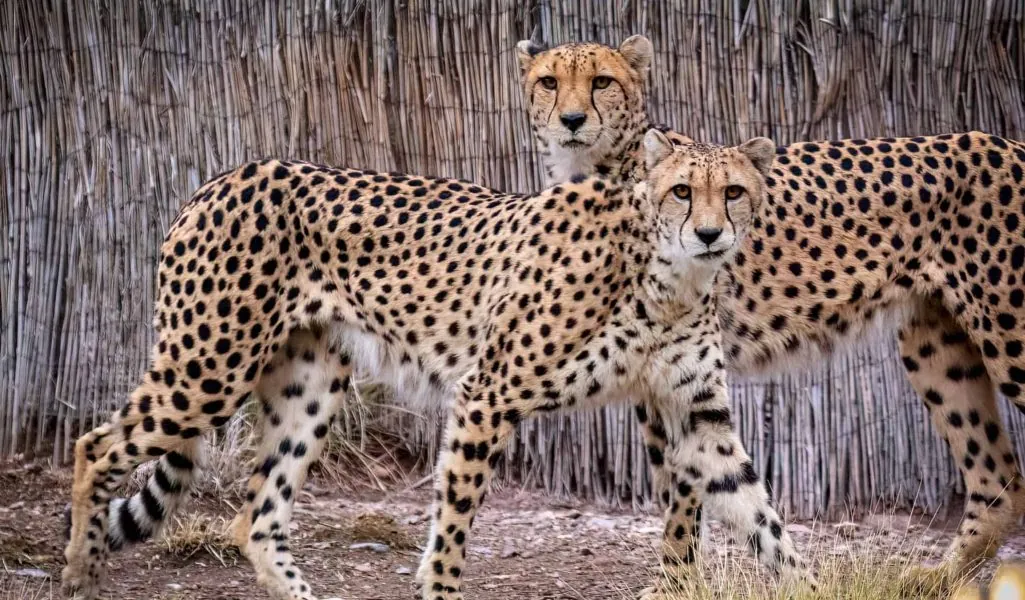
The Tropics Trail:
We hope you brought your raincoat as we prepare to enter the Forest of Uco, a lush rainforest that is part of our Tropics Trail and home to Auggie, the Andean bear. Andean bears are arboreal, meaning they spend a majority of their time in the trees, where they enjoy a diet consisting of primarily roots, shoots, fruits and insects. High in the forests of the Andes mountains there is plenty of food available year-round, therefore, the Andean bear does not need to hibernate. These bears, just like many of us, could use a trip to the eye doctor for a new pair of glasses. They are near-sighted and rely on their keen sense of smell to guide them through the forest.
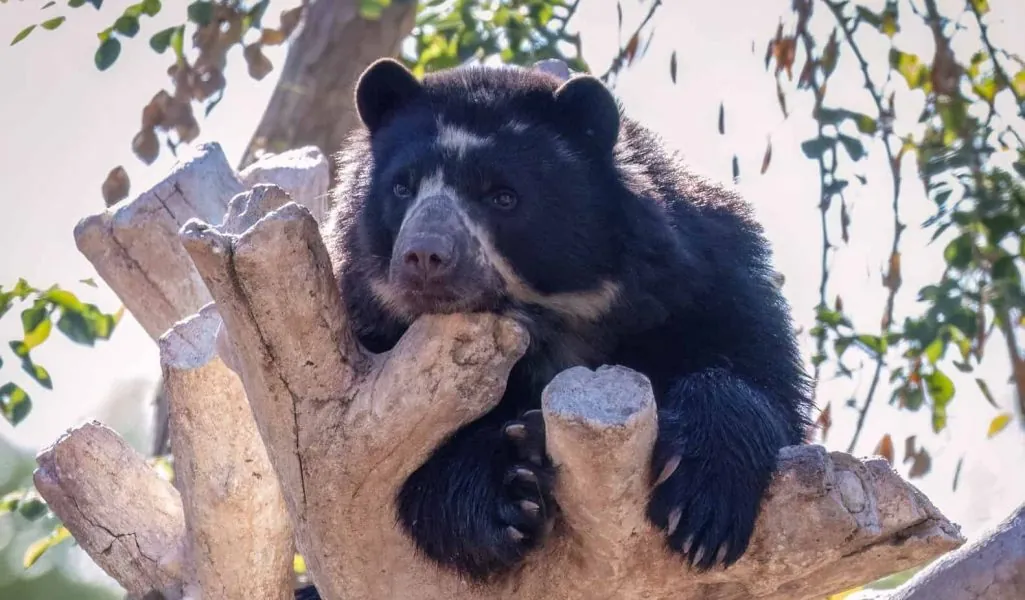
The Children’s Trail:
Another jungle-dweller – and Phoenix Zoo fan-favorite – is located on the Children’s Trail. If you don’t slow down, you might miss it! On the opposite end of the speed spectrum from the cheetah resides the Linne’s two-toed sloth, Fernando. While many of us are jealous of the sloth’s 15 – 18 hour a day sleep schedule, and habit of sunbathing, it is all essential in keeping this lackadaisical Linnie alive! The sloth’s leaf-heavy, low-calorie diet does not provide much fuel, ultimately, tethering them to a mostly sedentary lifestyle up in the treetops… only coming down every 4 – 8 days to find food or a new tree to call home. While it is true they move so slow that their bodies can grow algae, sloths are surprisingly talented swimmers!
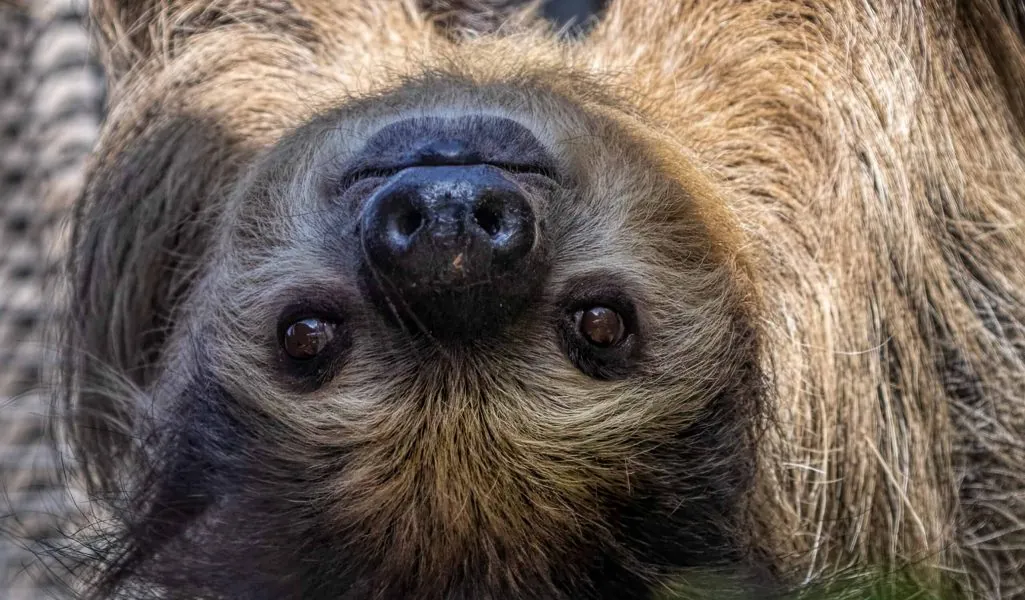
Exploring the animals of the world without needing to leave your hometown is just a small part of what makes many of the zoos across America so special. American Zoo Day is a great reminder of how far we have come in animal care and conservation. The Phoenix Zoo is proud to be accredited by the Association of Zoos and Aquariums and as a leader in the zoological community. If you’re interested in learning more about the Mexican wolf, cheetah, Andean bear, sloth or any of the other amazing animals we have on site, begin planning your next visit to the Phoenix Zoo!
Related Posts
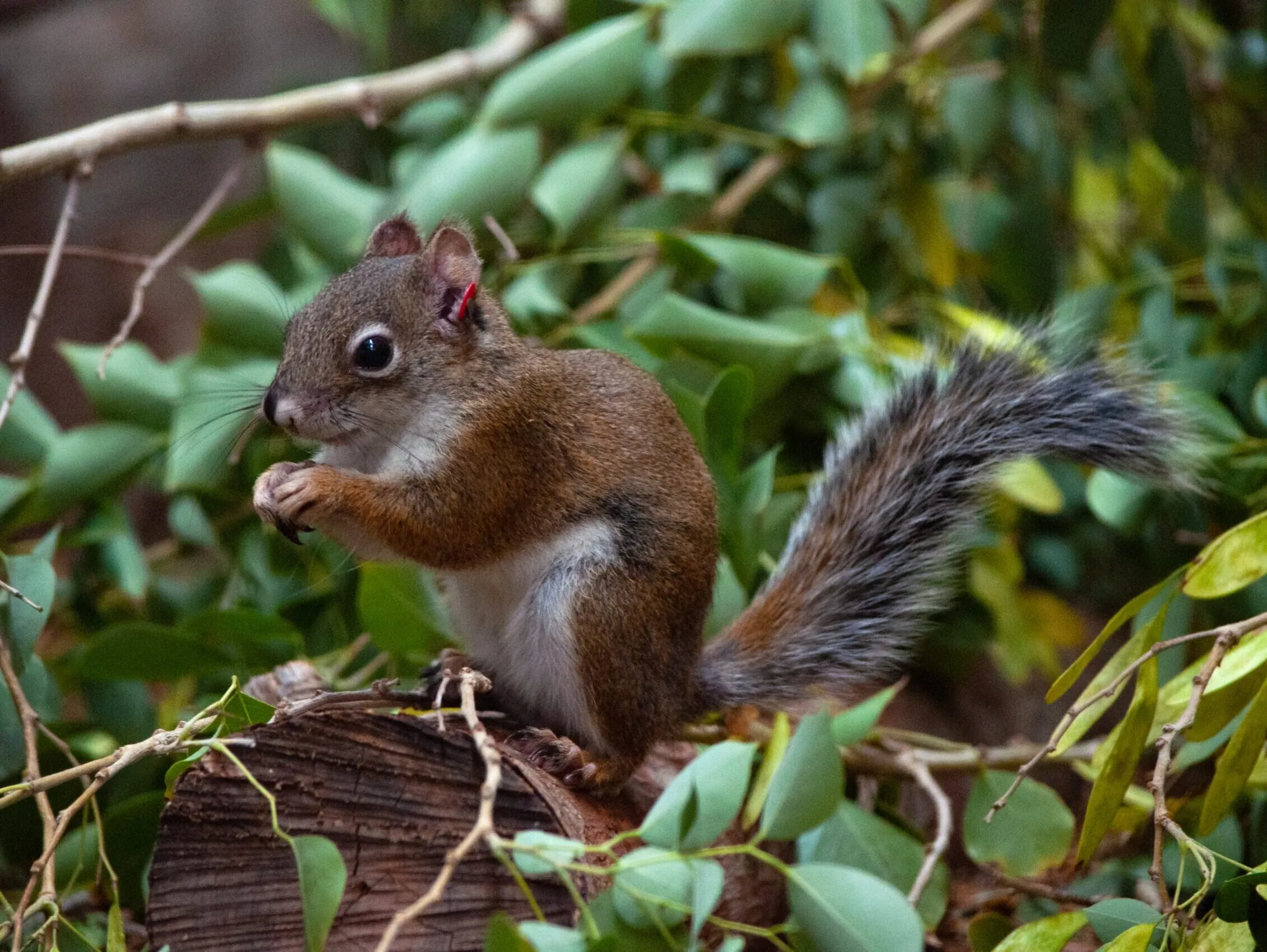
Hope for Mount Graham Red Squirrels
Did you know that behind-the-scenes, Phoenix Zoo’s Conservation and Science team has been working to develop a breeding program for the highly endangered Mount Graham…
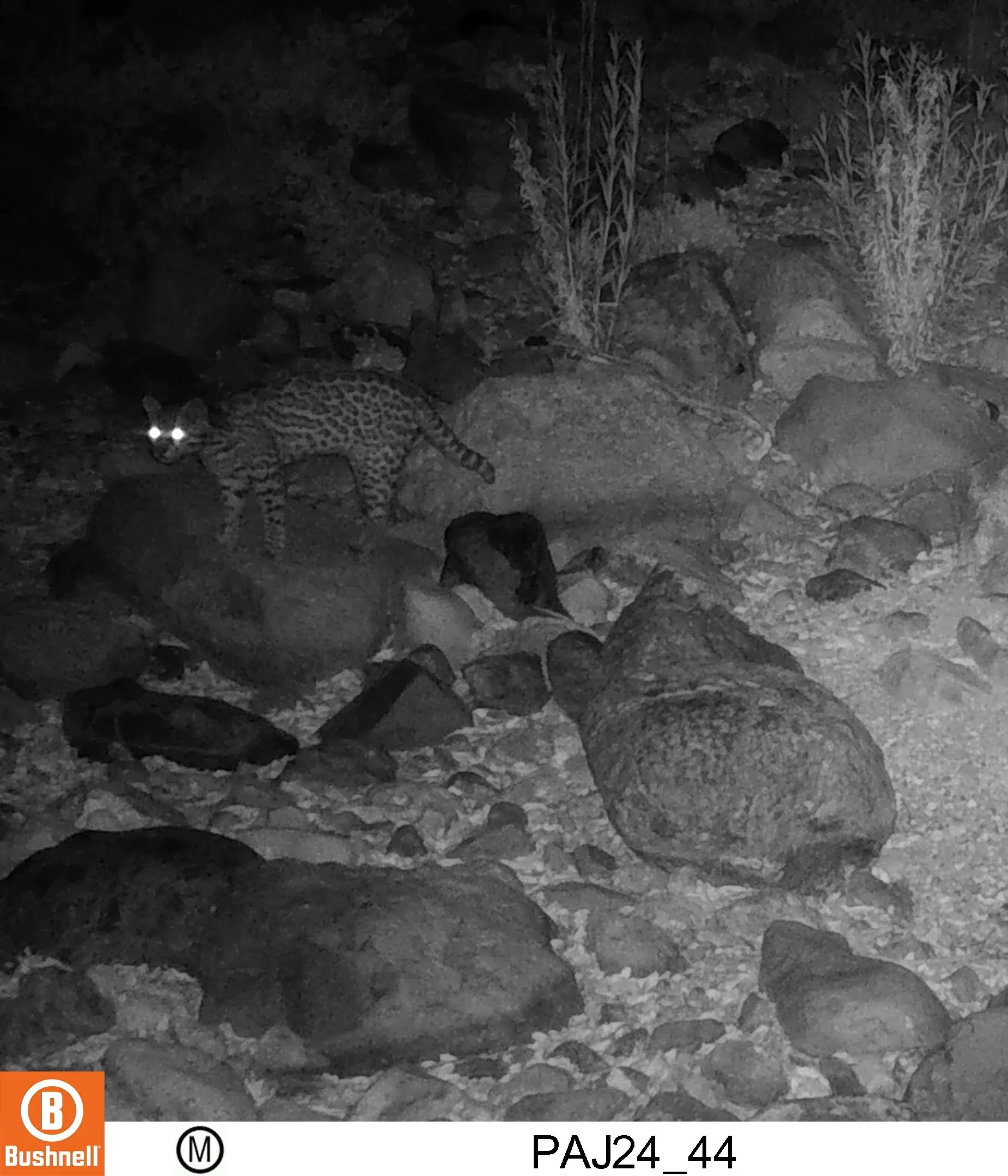
Phoenix Zoo Field Cameras Record New Ocelot in Arizona
Exciting news! The Phoenix Zoo’s Atascosa Complex Wildlife Study recorded a video of a new ocelot in southern Arizona in June. The Zoo’s field cameras…
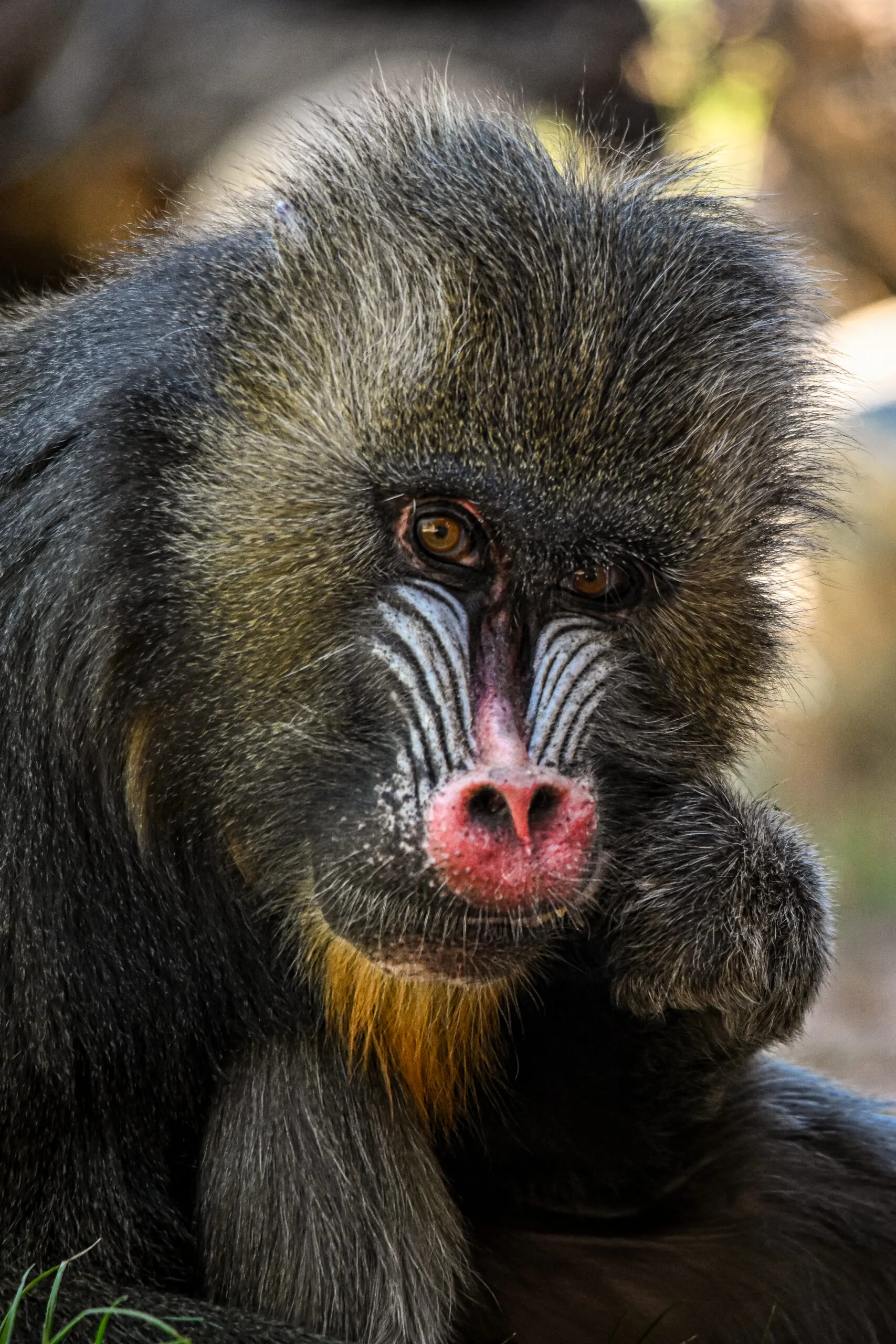
Nikki is a Guinness World Record Holder!
Nikki the mandrill is officially a Guinness World Record holder! At 37, she is the oldest living mandrill in managed care. Nikki joined us from…

Phoenix Zoo Welcomes Two Lion Cubs
The cat’s out of the bag! – The Phoenix Zoo is excited to announce that six-year-old lioness Zuri gave birth to two cubs on Monday,…

Cheetah Conservation Fund
Every year, Phoenix Zoo zookeepers participate in conservation efforts with organizations around the world. Most recently, Relief Keeper Lauren traveled to Namibia to help the…


